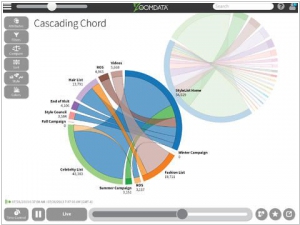Tableau vs Zoomdata
May 17, 2023 | Author: Michael Stromann
30

Tableau complements your natural ability to understand data visually. Our breakthrough products let you create rich analyses and share your insights with colleagues in seconds. Connect and visualize your data in minutes. Tableau is 10 to 100x faster than existing solutions. From spreadsheets to databases to Hadoop to cloud services, explore any data with Tableau.
Tableau and Zoomdata are both powerful data visualization tools, but they have some key differences. Tableau is a widely used and versatile data visualization platform that enables users to create interactive dashboards and reports from various data sources. It offers a user-friendly interface, robust data manipulation capabilities, and a wide range of visualizations to help users explore and present their data effectively. Zoomdata, on the other hand, is specifically designed for real-time data visualization and analytics. It focuses on providing interactive and dynamic visualizations that allow users to analyze streaming data and make data-driven decisions in real-time. Zoomdata excels in handling large and complex datasets, especially in scenarios where real-time data analysis is crucial, such as monitoring live data feeds or analyzing IoT data streams.
See also: Top 10 Business Intelligence software
See also: Top 10 Business Intelligence software
Tableau vs Zoomdata in our news:
2019. Salesforce acquires data visualization company Tableau for $15.7B
Salesforce has made a significant acquisition by purchasing Tableau in an all-stock deal worth $15.7 billion. This strategic move marks Salesforce's expansion beyond CRM software and into the realm of advanced analytics. While Salesforce had previously pursued the acquisition of LinkedIn (which was acquired by Microsoft), the Tableau deal enables Salesforce to enhance its customer engagement and data intelligence capabilities, similar to what LinkedIn could have offered. Additionally, this acquisition positions Salesforce to compete with Google's recent announcement of acquiring Looker, further reinforcing its market presence.
2018. Tableau acquired AI-analytics startup Empirical Systems
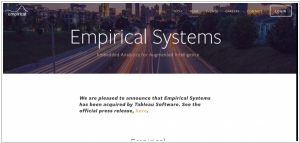
Enterprise BI giant Tableau has made an acquisition of Empirical Systems, a startup in its early stages that specializes in AI. The product offered by Empirical Systems is currently in private Beta and functions as an embedded engine within other applications. This feature seamlessly integrates with the Tableau analytics platform, making it a valuable addition. In addition, Tableau will be able to leverage the expertise of the engineering team from Empirical Systems to enhance its AI capabilities and utilize the advanced technology that underlies the startup's product. Empirical Systems was specifically developed to simplify complex data modeling and enable sophisticated statistical analysis, thereby empowering individuals to gain insights from their data and make informed, data-driven decisions, regardless of their technical proficiency.
2018. Tableau gets a new data preparation tool
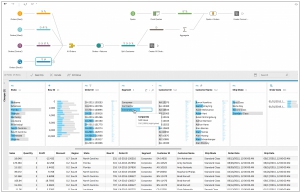
Data analytics platform Tableau has introduced a new data preparation tool. The primary objective is to provide users with a visual means to shape and cleanse their data, which is particularly crucial as businesses increasingly gather data from diverse sources. While Tableau Prep offers automation capabilities, its most significant feature is the visual interface it affords users to create such workflows. Prep supports all standard Tableau data connectors and enables users to perform calculations as well. Additionally, the company has introduced a server plan for businesses seeking on-premises or cloud-based deployment, along with a fully hosted online plan. Pricing for these options ranges from $35 to $70 per user per month.
2017. Tableau reveals Linux version
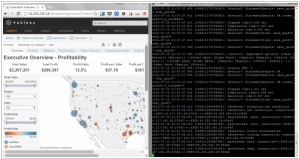
Business Intelligence software provider Tableau has recently unveiled Tableau Server on Linux, offering users an alternative option to run the software without relying on Windows Server. Additionally, Tableau has made a strategic acquisition of HyPer, a startup known for creating Hyper, a high-performance, main memory database. This acquisition aims to enhance Tableau's capabilities in terms of performance, faster loading times, and scalability. Hyper replaces Tableau's TDE database and is an integral part of Tableau 10.5, which is currently available in beta. Moreover, Tableau has taken a step further by opening its API, inviting users to seamlessly integrate and collaborate with third-party applications directly within the Tableau platform.
2017. Tableau acquired natural language processing startup ClearGraph
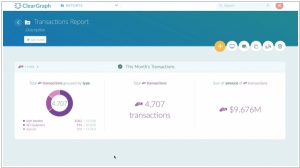
Business intelligence solution provider Tableau has acquired ClearGraph, a service that enables users to query and visualize large volumes of business data using natural language queries. Tableau intends to integrate this technology into its own products, aiming to simplify the process of data visualization for its users through similar queries. Recent advancements in natural language processing and machine learning have enabled ClearGraph and similar services to gain a deeper understanding of the underlying database, effectively translating sentences into database queries. Considering that competitors like Microsoft's Power BI already offer this capability, it comes as no surprise that Tableau is exploring this avenue as well.
2016. Tableau to launch visual data-prep software with deep learning
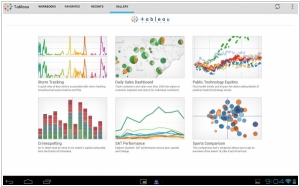
Tableau is expanding its offerings by venturing into the data-wrangling domain and has announced its plans for a visual data-preparation software known as Project Maestro. The objective is to provide users with a similar "self-service" approach to data cleaning and preparation as they have already established for data analysis. In addition, the company intends to incorporate Natural Language Processing (NLP) to enable new methods of interacting with data using human language, such as voice and text. Furthermore, Tableau Machine Algorithms will be implemented to provide recommendations for workbooks and data sources that are trusted, widely utilized, and contextually relevant to individual workflows. The software is expected to be released "later next year."
2016. Tableau acquired German startup HyPer
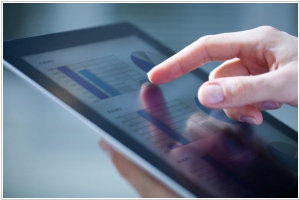
BI giant Tableau has made an acquisition by purchasing HyPer, a German startup specializing in advanced database technology. Tableau's intention is to integrate this technology into its existing product lineup. Tableau, known for its expertise in business intelligence and analytics, leverages business data to help companies derive meaningful insights from it. The incorporation of HyPer's database technology is expected to enhance the performance of Tableau's products. By introducing HyPer's capabilities, Tableau aims to deliver accelerated data analysis, regardless of the data set's size. Additionally, the integration is intended to unify transactional and analysis systems, potentially speeding up relevant processes. Furthermore, the technology will provide richer analytics capabilities and support for structured or semi-structured data, which has become increasingly vital in processing extensive Big Data sets.
2014. Data Analytics service Tableau hits $100M per quarter revenue mark
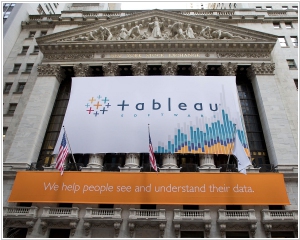
Data analysis and visualization company Tableau continues its impressive growth trajectory, achieving a significant milestone by surpassing $100 million in revenue during the third quarter. Tableau is widely recognized as a leading provider of advanced analytics software, attracting new customers at a rapid pace. Despite facing competition from startups and even Salesforce.com, eager to challenge its expanding market share, Tableau remains a trailblazer in the field of business intelligence and analytics. Other players in the market have observed Tableau's success in transforming data analysis into an accessible visual experience, even for non-analysts. Consequently, they are striving to develop products that are more comprehensive, faster, user-friendly, and cost-effective. However, Tableau still has ample room for further growth, supported by its robust financial resources. The company is heavily investing in research and development, including a dedicated R&D team. In September, Tableau provided a preview of its upcoming mobile product, known as Project Elastic, demonstrating its commitment to innovation.
2014. Zoomdata wants to disrupt Business Intelligence market
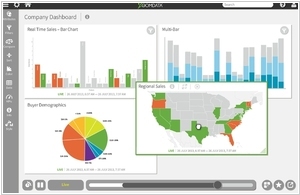
The highly competitive Business Intelligence (BI) market has seen a disruptor emerge with Zoomdata securing $17 million in Series B funding to drive its mission forward. In contrast to BI competitors like Tableau and Qlik, which originated from the realm of SQL and data warehouses, Zoomdata takes a more contemporary approach to modern data analytics. Built specifically to handle today's platforms such as Hadoop, Spark, and NoSQL, Zoomdata sets itself apart by being designed from the ground up with these technologies in mind. One standout feature of Zoomdata is its ability to stream data in a manner akin to video playback, enabling users to navigate back and forth in time, much like scrubbing a video. This unique capability proves invaluable when working with data, as it allows users to observe the transformation of graphs and visualizations over time, providing crucial insights into evolving trends and patterns. With its innovative approach and powerful features, Zoomdata aims to reshape the BI landscape and deliver cutting-edge analytics solutions.

